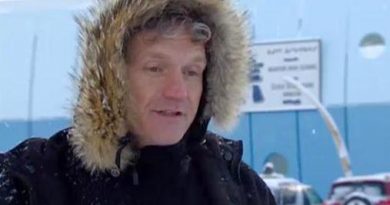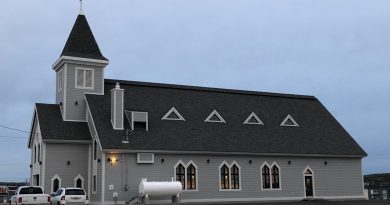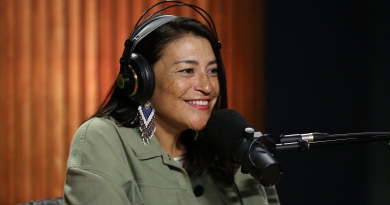Report urges creation of new governance structure for oversight of Arctic shipping
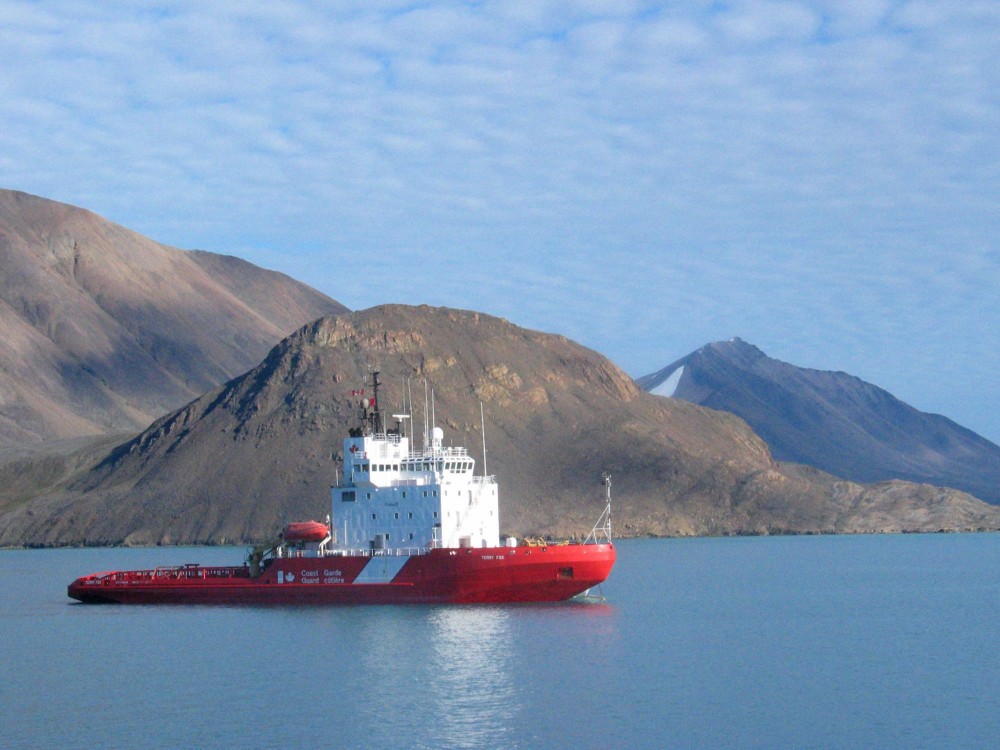
Canada needs to come up with a new governance structure for Arctic shipping corridors through the Northwest Passage to address environmental, security and social impacts of increased vessel traffic through the area, says a new report.
Over the past decade, as climate change has made the Arctic increasingly accessible for commercial shipping, the number of ships using the Northwest Passage has more than doubled, posing risks to areas that are vital to marine life and northern communities, says the report by the Pew Charitable Trusts’ entitled The Integrated Arctic Corridors Framework.
It contains eight recommendations to address these shipping-related challenges in the Canadian Arctic, including the creation of a new governance structure for Arctic shipping corridors that will elaborate new measures to improve safety, protect sensitive marine habitat, and ensure full Inuit participation.
Louie Porta, policy director for Oceans North Canada, a project led by Pew in partnership with Ducks Unlimited Canada, said the proposed framework emphasizes the need for Inuit to play a significant role in designating and managing vessel corridors.
The report also recommends establishing special standards for ships traveling through biologically and culturally important areas, with routes classified by risk.
A ‘roadmap for political action’
The recommendations contained in the report are result of over four years of research that looked at vessel and ship traffic patterns, as well as reviewing nearly 170 recommendations that have already emerged in four decades of review and studies of Arctic shipping, said Porta.
“We didn’t want to do another report that said there are hundreds of things that you need to do to ship safely in the north and respect Inuit and northern communities, and respect the environment,” Porta said. “We wanted to try to put together a roadmap for practical action that could bring people together and create a shipping policy that would benefit all interested parties, whether they be northern communities, whether they be Inuit, whether they be the environment at large, whether they be the federal and territorial governments, whether they be the coast guard, and whether they be mariners and industry.”
Canadian stewardship of Northwest Passage
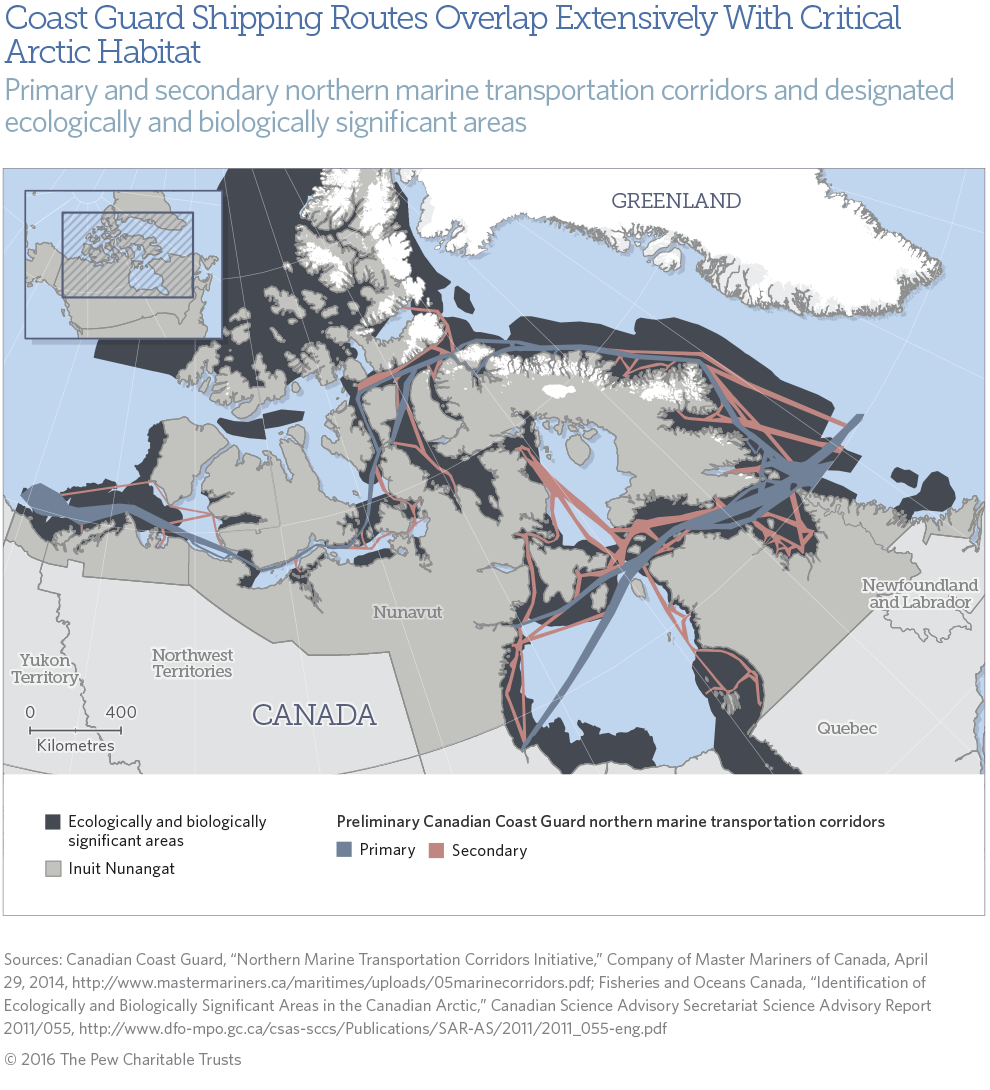 Enforcing Canada’s sovereignty over the Northwest Passage, which is regarded as an international strait by the United States and many other countries, is the best way to ensure the protection of the rights of the Inuit and the rich marine environment in the area, Porta said.
Enforcing Canada’s sovereignty over the Northwest Passage, which is regarded as an international strait by the United States and many other countries, is the best way to ensure the protection of the rights of the Inuit and the rich marine environment in the area, Porta said.
“In our view the Northwest Passage are domestic internal Canadian waters,” Porta said. “We are aware that there are other countries in the world that have different opinions about that matter.”
One of the most effective ways that governments of any type assert sovereignty is through conservation measures, as well as demonstrating to the world a clear link between the management, the emergency preparedness, and overall funding of measures by taxpayers for an area, Porta said.
“So when you talk about vessel traffic through the north, you talk about an industry that requires a lot of infrastructure, a lot of charting, a lot of buoys in the water, ports of refuge, contingency planning, access to spill response equipment if and when things go wrong,” Porta said. “So by Canada continuing to build on the work that’s already been done by our coast guard and to take that to another level is another clever expression of sovereignty.”
Bringing the Inuit to the table
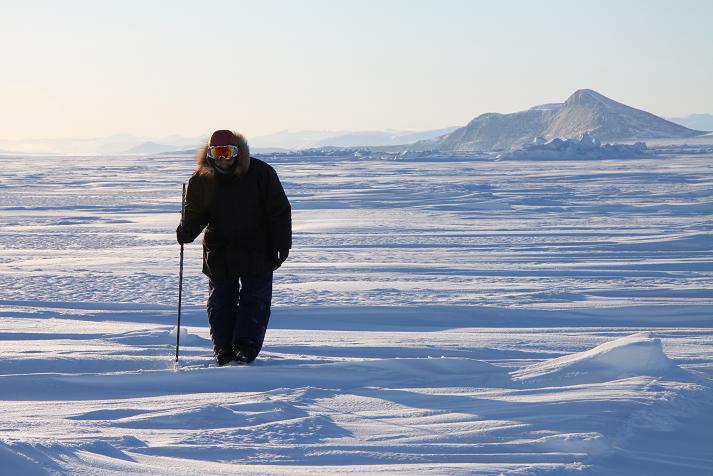
One of the other key recommendations of the report is that the Inuit be included as an equal party to the federal government as it develops an Arctic-specific shipping strategy for the country, Porta said.
“Ultimately what we want this report to act as is a catalyst for the federal government to create an Arctic corridors commission and to reach out to each Inuit region that is affected by this issue and bring them to the table so that Inuit can speak for themselves,” Porta said. “This report is not meant to speak for Inuit, it’s not meant to speak for the government, it’s meant to highlight an innovative way that the country could explore to create an Arctic shipping policy, an Arctic shipping strategy.”
Prof Michael Byers, Canada Research Chair in Global Politics and International Law at the University of British Columbia, welcomed the report’s emphasis on Inuit participation.
The government of Canada for a number of years has been working on shipping corridors but basing their decisions on past usage and safety concerns, Byers said.
“But they haven’t been incorporating a local perspective, the Inuit perspective,” Byers said. “Inuit are a maritime people, all their communities are located on the coastline, they have traditionally and continue to fish and hunt from the sea ice, from the water, they need to be involved, and this report makes an important contribution by emphasizing that.”
‘Well-timed report’
The report’s emphasis on Canadian sovereignty over the Northwest Passage is also extremely well-timed Byers said.
“We know that the Obama administration is very keen to improve environmental protection across the Arctic,” Byers said.
When Prime Minister Justin Trudeau was in Washington D.C. a couple of weeks ago, he and Barak Obama committed to significant increases in the size of the marine protected areas in the Arctic, Byers said.
“As long as the Canadian government proceeds in a way that doesn’t step too much on the American toes with regards to the legal dispute over the Northwest Passage, if it simply focuses on environmental protection and local interests, I think there is a way forward here,” Byers said.
Voluntary shipping corridors
The report also calls for the Canadian government to designate voluntary shipping corridors that meet appropriate environmental standards for commercial shipping in ecologically and biologically sensitive areas.
The Northwest Passage is actually a network of passages, Porta said.
“Key routes that are important to vessels and that are used for Inuit travel and hunting are also the same used for wildlife migrations of marine mammals, or sea birds and fish,” Porta said.
The Department of Fisheries and Oceans has identified nearly 50 per cent of the Canadian Arctic as ecologically and biologically significant, he said.
“One recognizes that you can’t simply create a policy that says we’re going to have ships and marine mammals separated,” Porta said.
Canada needs to have dynamic and adaptive policy solutions that regulate ship traffic in certain critical areas, he said.
These shipping corridors ought to be classified according to risk to ensure targeted investment in infrastructure and services and management of high-risk areas, Porta said.
The proposed framework expands on the Canadian Coast Guard’s Northern Marine Transportation Corridors Initiative, Porta said.
“At the heart of that initiative was the observation that boats can’t be everywhere all the time,” Porta said. “And in the North where we have less capacity than in the Atlantic or Pacific oceans we need to… encourage vessels to be in place where we know as often as possible, so when things go wrong or if things go wrong, they maximize their chance of being rescued.”
However, that idea was missing the inclusion of environmental considerations and environmental data and it required a new governance structure to bring together all of the different parties that are required to manage this complex space, Porta said.
‘Putting roads in the Arctic’
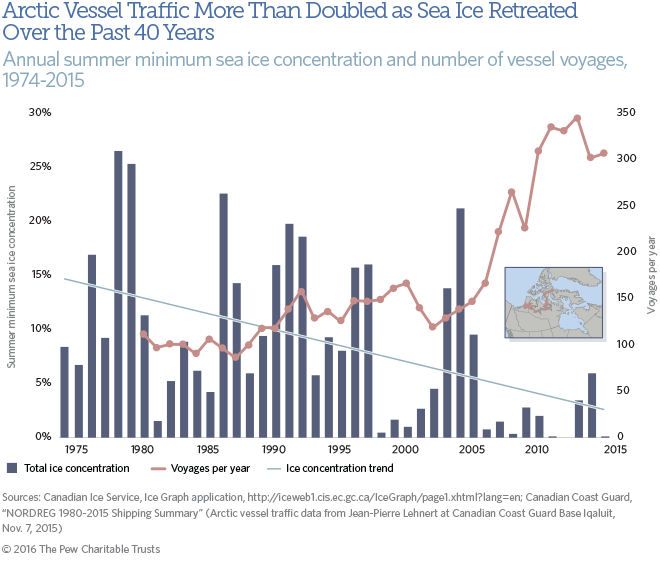 “We’re putting in roads in the Arctic and we need to carefully consider what speed limits should be, where vessels should go, where they shouldn’t go, where they can take refuge if something were to go wrong,” Porta said. “This is about our oceans being considered in the same way, at the same level of importance that we have applied to land planning.”
“We’re putting in roads in the Arctic and we need to carefully consider what speed limits should be, where vessels should go, where they shouldn’t go, where they can take refuge if something were to go wrong,” Porta said. “This is about our oceans being considered in the same way, at the same level of importance that we have applied to land planning.”
Barbara Mottram , spokesperson for the Department of Fisheries and Oceans, said the Canadian Coast Guard welcomes the report as a part of the ongoing dialogue over the need for conservation and continued monitoring of vessel traffic in the Arctic.
“Recently, President Obama and Prime Minister Trudeau signed an historic statement on Arctic leadership to address issues like climate change and other issues that impact the Arctic,” Mottram said. “We look forward to working with conservation organizations, partners, stakeholders and indigenous peoples on this important issue.”
Related stories from around the North:
Canada: Ice, shipping and the Northwest Passage, Radio Canada International
China: Chinese company mulls more Arctic shipping, Barents Observer
Iceland: Calls for action at Arctic shipping conference, Alaska Dispatch News
Russia: Arctic cruise industry expands, Cryopolitics Blog
Sweden: Swedish icebreakers gear up for Arctic role, Radio Sweden
United States: Arctic no shipping rival to Suez: expert, Alaska Public Radio Network

